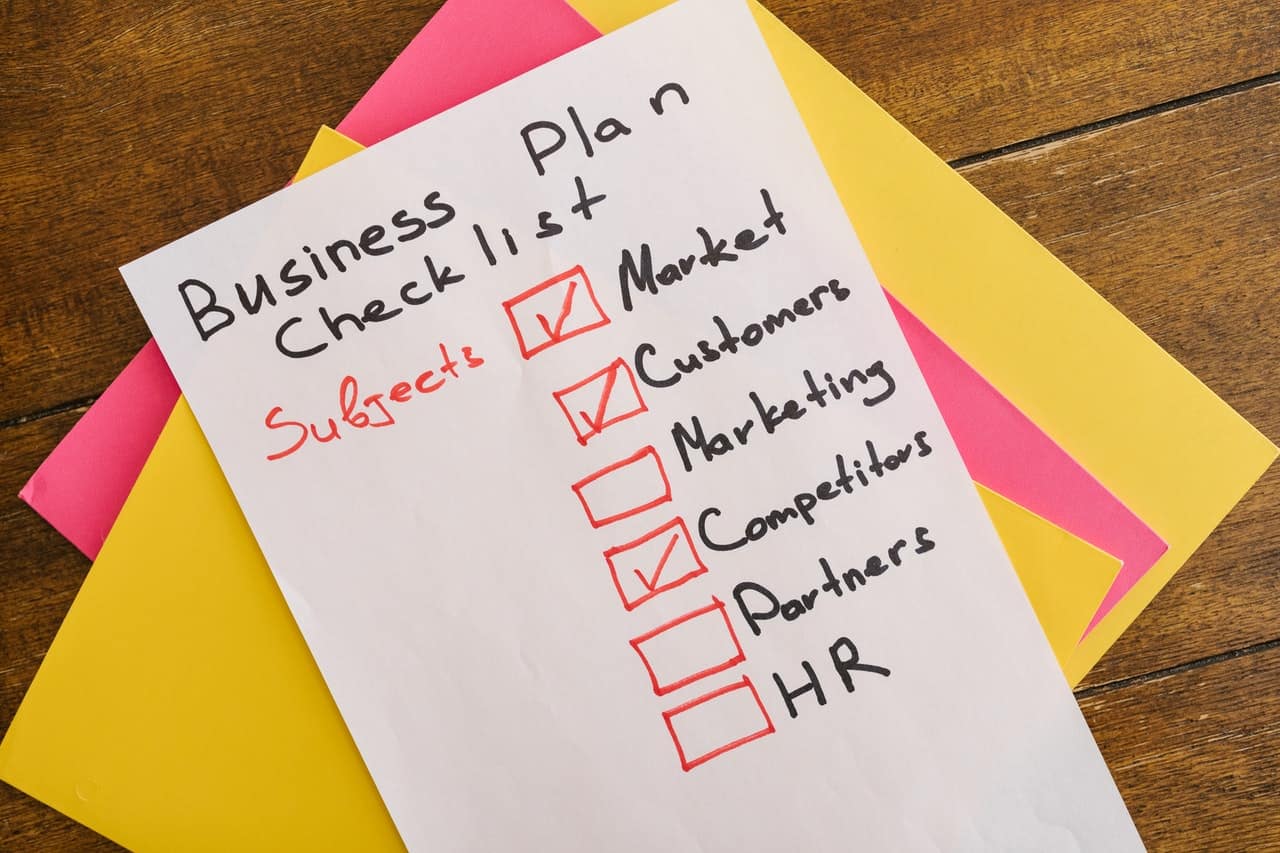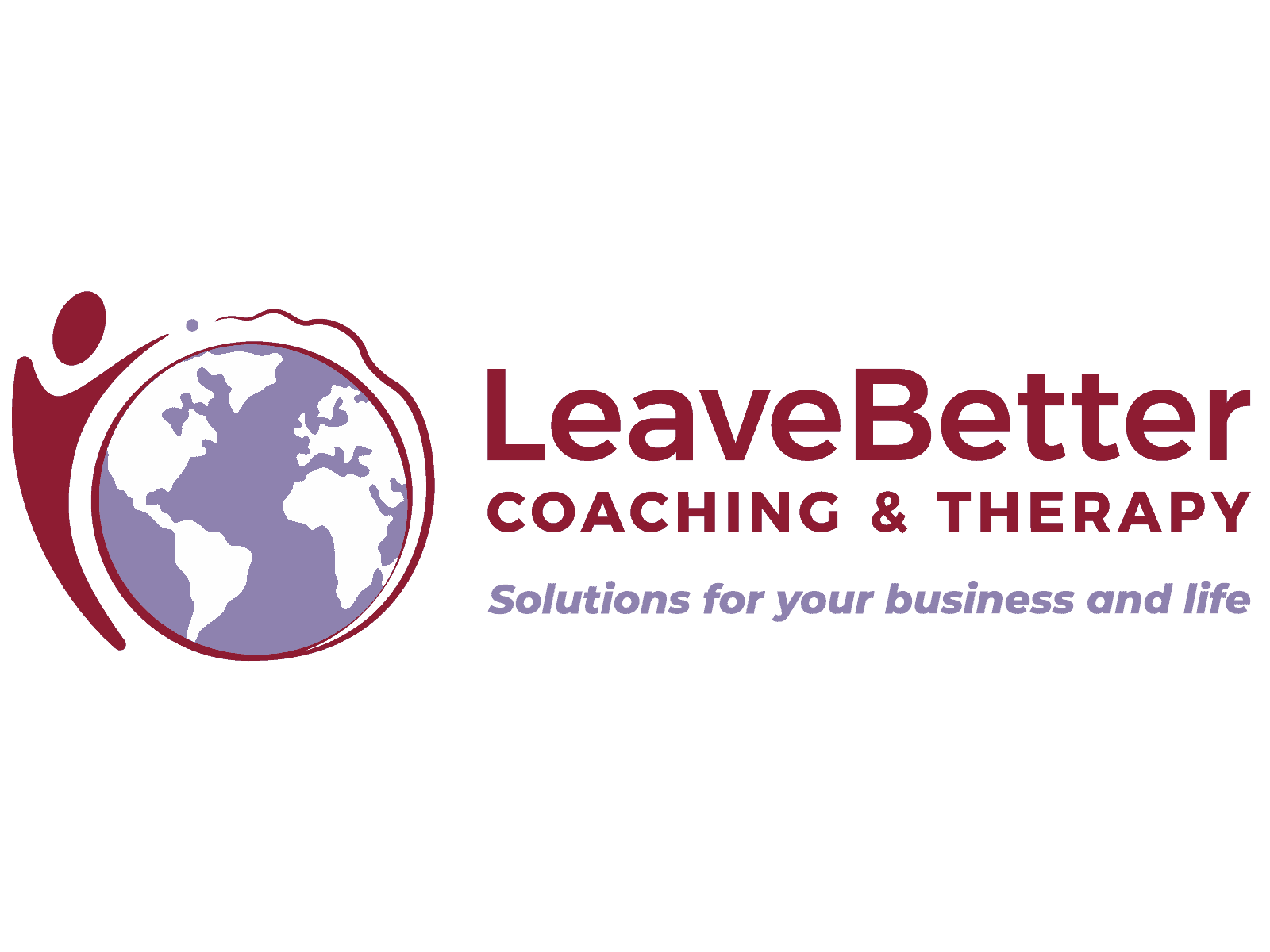
Business Strategy: Do you know the 5 Critical Actions that allow your Business to Survive and Scale?
by Miriam Gunn | May 29, 2021 |
Do you know which actions are critical within your business strategy to help your business to survive and scale?
Many entrepreneurs do not have a good strategy for their business. There are so many variables to keep your eye on—it is easy to get distracted and lose sight of the critical factors to watch.
As a society, we are deluged with information from every angle— blog posts, podcasts, and videos have so much information. It is easy in a business to find your efforts spread thin as you race from this to that.
As well, there are many other activities that, while good, are not essential to the success of your business. Things like bonus structures, philanthropic endeavors, and the Christmas party—These are good and important parts of your business ethos, however, they are not essential to the survival or scaling of your business.
Ask yourself: From a bird’s-eye-view, what are the key components of a business? Of your business. If you understand these and then derive actions from these principles (that you then implement), your business will flourish and you will scale over time.
Here are five actions that will help your business survive and scale!
One: Keep Overhead Down to Protect Cash Flow
Overhead is the ongoing business expenses for anything involved in the cost of doing business that is not related to product creation, marketing, or sales.
For example— staff lunches, replacing computers, purchasing company t-shirts. In short, anything not going towards your sales of products. Other items fall into this category as well, such as office rent, advertising, utilities, insurance, etc. These are all the costs related to supporting the business, but they are not the costs directly associated with creating revenue.
Companies get themselves into trouble when they lose sight of the actions that drain their resources.
Investopedia wrote a good article on calculating overhead ratios.
“Calculations of overhead exclude costs that are directly related to the production of the goods or services that the company produces.
Thus, in a toy factory, the skilled workers who make the toys and the tools they use to create them are not overhead expenses. But employees of the marketing department and the promotional materials they produce are overhead costs.”
When looking at your overhead, you have to learn to say “no” to things that aren’t necessary. (A side note, saying “no” is an important thing to do in your life as well. Our lives also seem to collect more overhead than energy to run them. See an earlier post about this here).
Here is the main thing: Is the overhead of your company easily sustainable within the revenue of your business? If not, you need to reduce your overhead or you will eventually run out of money. You will have to begin firing people or may even lose the company.
Keeping overhead down is a critical action within your business strategy so you can survive and scale.
Two: Make and Sell
It is so important to make and sell the right product.
Part of your business strategy has to be the continual assessment of the products you offer and then getting them to your customers.
You want a product that will be useful to people and that consumers will want/need to use. Is it profitable? Is it strong? Is it a product that people will want to keep around?
How do you know if a product will sell?
Cat LeBlanc, on her podcast, Your Business, Your Rules, states that there are seven main reasons a customer buys a product. Namely, the product either makes you more money, protects you in some way, makes you feel better, helps you have better relationships, saves time or improves performance, gives you an experience, or helps you look better.
If your product does any of the above and then is marketed well, you will make money.
It is important to decide if the product or service you are selling is in demand, and at the end of the day will help you grow as a business.
Here is the main thing you need to be aware of: Is your product or service one that meets a felt need? If not, you need to develop something else. The market rewards products and services that address a customer’s pain/problem.
Three: Prioritize Marketing
Whether you are a new company, or an established one, part of your business strategy has to involve marketing. “If you build it, they will come.” is only true in Hollywood!
If you don’t have a good marketing plan, you cannot expect to sell products.
Have you ever steered away from buying a product because their branding/marketing was not appealing to you? Or perhaps the company did not have any real strategic plan for their marketing.
The messaging for the product is what captures your attention, not the product itself. There are plenty of good products that falter, due to poor marketing.
Business Made Simple has a suite of products regarding marketing and messaging. Their tagline is “If you confuse, you’ll lose. Noise is the enemy and a clear message will make you money.” I couldn’t agree more.
How many times have you seen a billboard and you have no idea what it is for? Don’t make that same mistake with your products. Be so clear that with a 30-second glance, a person knows what you are selling and how it solves their problem.
Here is a company whose marketing is exceptionally clear:
Clearbrand.com — from the first page, you know exactly what they are selling.
Another example of clear marketing: Do you want more traffic?
If you have a great product or service and market it with a plan, you will have customers.
(Also: It is important to also have a good landing page to test your offering before you launch your product).
Here is the main thing you need to be aware of: Do you have a marketing plan and is your messaging clear? What is your next step to improve your marketing strategy? These both help your business survive and scale.
Four: Run a Sales System
Is your company holding out for people to purchase just based on the merits of the product alone? Unfortunately, there is too much noise now. Too many options and too much competition for your product to sell based on the item/service itself.
You have to have a sales system.
-
- Hire a salesperson
- Hire a sales manager with sales reps
- Add administrative help and a qualifier within the sales department – the biggest boost comes when create a sales pipeline and measure results in each stage
Part of your sales system involves establishing a sales pipeline.
A pipeline is a series of repeatable actions that take a prospective customer from the point of initial contact to the point of sale. Here is an example of a sales pipeline:
-
- Qualify the lead
- Send information and schedule the call
- Engage in intake meeting
- Send a proposal
- Enter into the closing sequence
Your sales team needs a path to guide their customers to the point of sale. By creating a step-by-step path that is clear and goal-oriented, your sales team can then increase their product sales. It goes without saying that it is critical to monitor the process of every lead.
Here is the main thing you need to be aware of: Do you have a plan for developing a sales system and team? Do you have any kind of sales pipeline? Is there any way to improve your existing sales process? A sales process is essential to helping your business survive and scale.
Five: Protect Cash Flow
In my last post Cash Flow and Cash Flow Analysis: 5 Important Questions — Strategic Coaching for Business and Life, I talked in depth about cash flow. Successful entrepreneurs watch their cash flow closely.
Failure to do so is like turning your back on the ocean. It’s only a matter of time before the tide or an errant wave catches up to you and knocks you down (and often drags you under).
I started this article with a discussion of overhead versus cash flow. Without cash, there eventually is no company. For the beginning company or one in early development, lack of capital is the number one reason for the failure of the company (29% in fact).
Here are 7 questions to ask about cash flow:
- How much cash will we need to create this product?
- What is our profit margin?
- When will we start making money?
- How will launching this product affect our other revenue streams?
- Does losing money on this product generate sales and profits elsewhere?
- How can we make this product even more profitable?
- What iterations of this product could we sell for more money?
Businesses that succeed ask these questions before to making the product to make sure they have enough cash flow to make/launch their product.
Every decision that you make has to go back to these questions: how will this affect the cash flow? And, will this be sustainable to keep this company and product afloat? Without cash flow, there is no way to help your business survive and scale.
Putting it all together
Too many entrepreneurs approach their business rather haphazardly. They react to the tyranny of the urgent and whatever is screaming the loudest. You can operate that way while you are extremely small, but as your company grows, this will not be sustainable.
Failure to address the 5 categories mentioned above will result in lost revenue opportunities and possible destruction of the company.
As you create your Business Strategic Plan, make sure that you include these 5 critical actions to help your business survive and scale:
- Keep Overhead Low
- Create a Product that the Market Wants
- Market that Product with Clear Messaging
- Implement a Sales System/Team
- Monitor Your Cash Flow Carefully
If you do these 5 things, you will have a competitive advantage over those who do not, and you will have a company that both survives and can scale over time.
If you find topics like the above useful in the functioning and success of your business, consider hiring LeaveBetter for some additional coaching! Assessment and then action is strategic to the ongoing development of your business and life.
Reach out to me and we can get started working together. As a certified coach and therapist, this is what I do best: Helping people like you achieve the skills and systems you need to win in both business and life.

If you look at the above list and find these questions helpful in the functioning and success of your business, consider hiring LeaveBetter for some additional coaching. There are many other questions like these in key realms of business development that are strategic to the ongoing development of your business and life.
Reach out to me and we can get started working on that, or on your personalized Life Plan. As a certified coach and therapist, this is what I do best: helping people like you achieve the skills you need to reach your next level in your business and life.
